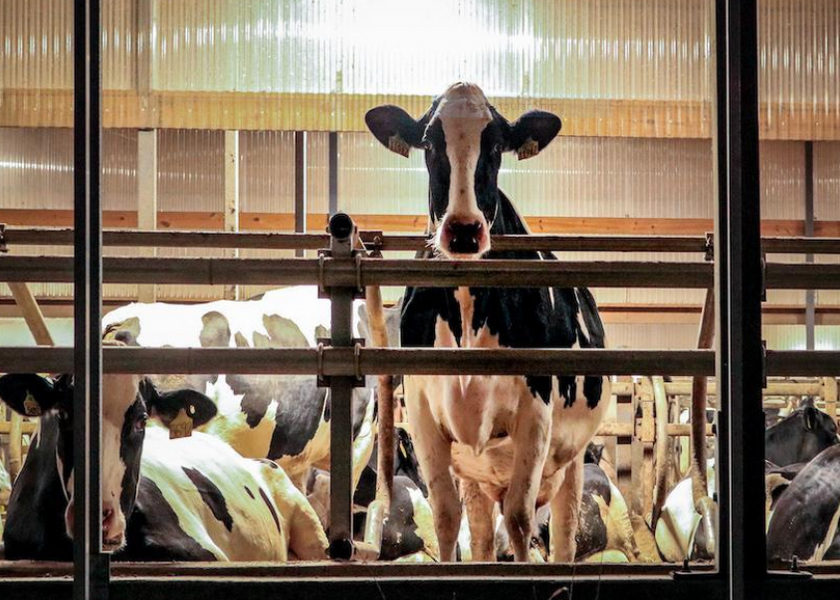Are Cow Noses the New Fingerprint to Unlocking Livestock Facial Recognition?

It’s 2022 and people are using their fingerprints to unlock everything from cars to houses to cellphones. This technology, which used to seem futuristic, has now become the norm, and it may be coming to a farm near you.
Fingerprint recognition technology for cellphones was first created in 2011 and is the process of verifying a person’s identity by comparing their fingerprints with previously recorded samples. This recognition is then utilized to unlock certain technology features and can even provide specific data on individuals.
Similar to human fingerprints, cow noses (or muzzles) are detailed, nearly unique, difficult to change, and remain the same over the life of an individual, making them ideal long-term markers of identity. According toABC Rural, Ali Shojaeipour, a University of New England researcher, is developing artificial intelligence capable of identifying cattle by their muzzles.
Comparable to how humans unlock their phones with a fingerprint, Shojaeipour’s technology detects and identifies animals via its muzzle. Currently, he is also building a smartphone app so that animals can be identified by phone cameras.
Similar technology is also being developed at Kansas State University. Several K-State researchers from the College of Agriculture, the College of Veterinary Medicine and the Carl R. Ice College of Engineering are developing an artificial intelligence network for cattle that is based on human facial recognition technology.
Though this technology is focusing primarily on beef cattle, the artificial intelligence could benefit the dairy industry as well.
“Our thinking is, ‘Why can’t we have something like [facial recognition] for beef cattle, which could then be used to create a national animal disease traceability system?’” said KC Olson, beef cattle scientist with K-State Research and Extension, who has helped to develop the idea. “The need for such a system has never been greater. We need this extra layer of protection for our industry against a foreign animal disease or possible malfeasance by somebody who’s an enemy of this nation.”







